Today, we will learn about how does an aeroplane fly in the sky. Flying Aeroplanes are a mystery. So, surely you wish to unfold the working process behind it. Let us dive right in!
Modern airplanes are truly engineering marvels. Have you ever thought of how does an aeroplane fly in the sky? What happens to the airplane when the pilot operates certain controls? Today, we will explore how an airplane flies. We will find how pilots control an airplane in a logical yet simple way. Things we will unfold today:
- What is an aeroplane?
- How does an aeroplane fly in the sky?
- Which forces keep the aeroplanes high up in the air?
- What happens to the aeroplane when the pilot operates certain controls?
- How is the engine able to generate thrust?
- How does an airplane change direction?
What is an aeroplane?
Aerolanes also goes by the name plane or airplane. Over the last few decades, there has been a revolution in our mode of transport due to aeroplanes. But, have you ever thought of how it flies? How does it navigate? We will get answers to these questions from this article in a simple, yet scientific way.
Some of its key features include:
- It is heavier than air.
- A screw propeller propels it or uses a high-velocity jet.
- A very strong enclosure comprises the passengers inside the plane.
- There is a cockpit from where the pilot operates the plane.
How does an aeroplane fly in the sky?
A modern aeroplane has movable wings and tails. There were many crazy flying machine designs in the nineteenth century. All because of mankind’s quest to fly. Finally, only one attempt was successful. It was the flight of the Wright brothers. Their aircraft was a success thanks to an interesting phenomenon of physics.
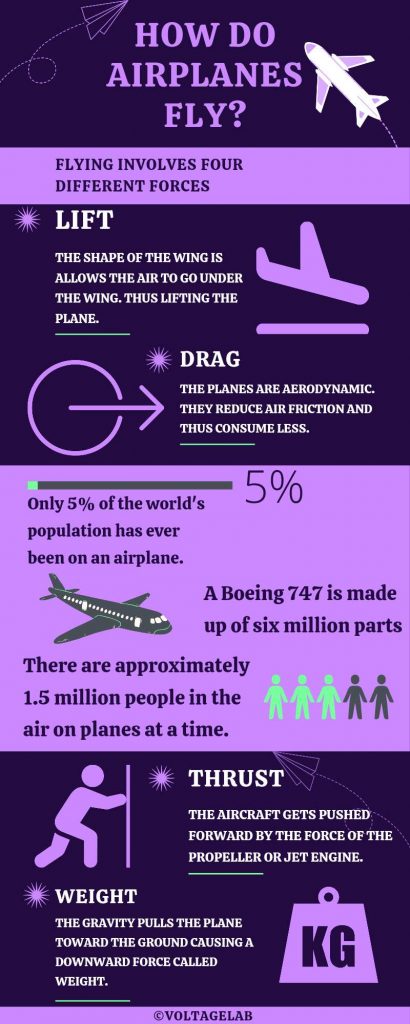
Let us learn the science behind it!
Do you know about the airfoil shape?
In fluid mechanics, it is a very special kind of shape. It has a curved top and flat bottom. It also goes by the name aerofoil. You can easily learn about aeroplane physics just by understanding the physics behind this simple shape.
In order for an aeroplane to fly, some forces help in the process.
Which forces keep the aeroplanes high up in the air?
The forces that keep the airplane in the sky are:
- Lift,
- Weight,
- Thrust,
- Drag.
The lift force:
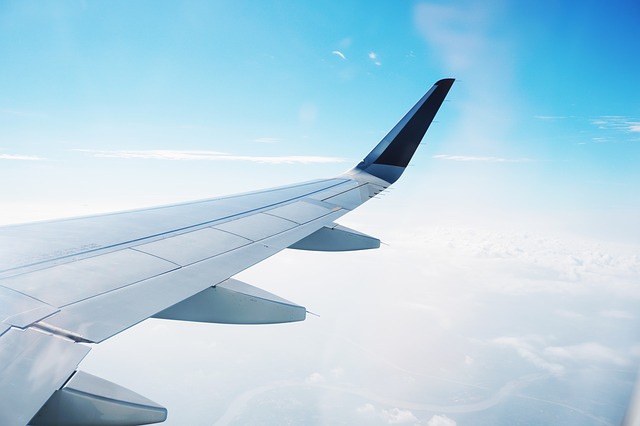
We already know about the airfoil shape. An airfoil produces a lift force. It happens due to the movement relative to the air. This lift force makes an airplane fly.
Newton’s third law of motion comes into the picture here.
The wing pushes the air downwards. The air around also pushes the wing in the opposite direction with an equal magnitude. This eventually results in the lift force. Eventually, the aircraft will be able to fly off the ground.
How is this lift produced?
- The airfoil produces a downwash.
- The downwash causes a pressure difference at the top and bottom of the airfoil, and hence produces lift.
- The higher the angle of attack, the greater will be the downwash, and therefore the lift force will be even higher.
- A greater airspeed also increases the lift force significantly.
- Altering the airfoil’s shape helps to increase the lift force. This alternation increases the downwash and the wing area.
- Activation of the flaps and slats increases the downwash, eventually increasing the lift.
- The up and down movements of the ailerons decrease and increase the lift force.
- At the tail of an aeroplane, there are two attachments. The elevator and the rudder.
- We can control the vertical force on the tail by adjusting the elevators.
- The rudders help control the horizontal force.
As a matter of fact, in mankind’s first successful flight, the Wright Flyer also made use of this same airfoil principle.
The Weight
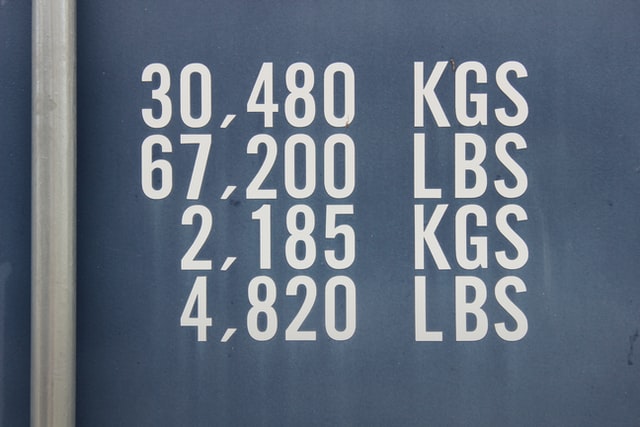
Every object has its own weight. The aeroplane is no different. In fact, it is heavier than the air. The mass of an object felt due to the downward pulling by the gravitational force of the earth is the weight of the object. The weight pulls the aeroplane towards the Earth. The structure of an aeroplane is such that its weight is spread from front to back. This maintains the balance of the aeroplane.
The Thrust Force
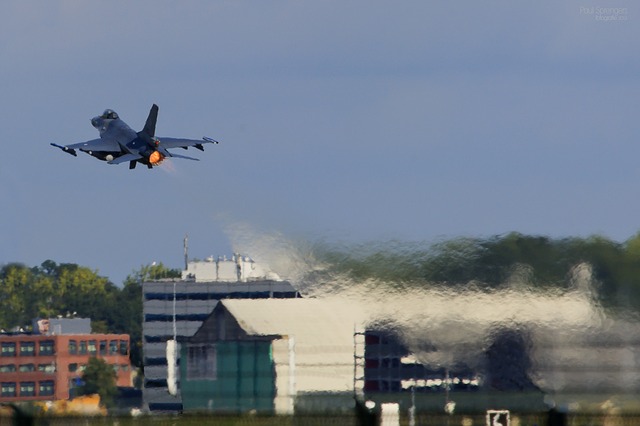
The thrust force enables an aeroplane to move forward. The air needs to flow over the wings in order to provide an effective thrust. There are two ways thrust initiates in an aeroplane:
- By the application of engines. Sometimes engines turn a propeller.
- Sometimes there is the use of a jet engine.
The Drag Force
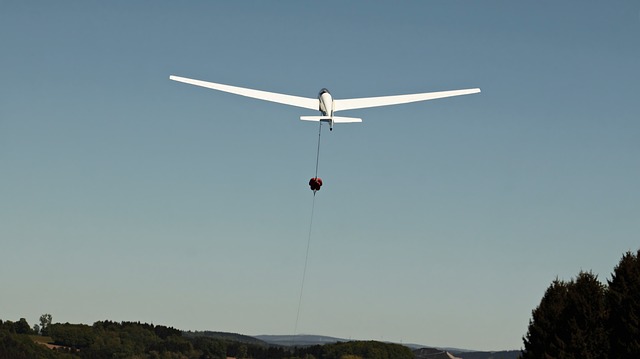
Suppose you are walking. It is windy. The wind direction is opposite to you. What do you feel? You feel a backward resistive force. It slows you down. This is the drag force. Similarly, airplanes too have to face drag. Because the plane moves at a very high speed. As a result, the wind resists its forward progression. This is a drag. The design of an aeroplane helps it to move around with minimum drag.
What happens to the aeroplane when the pilot operates certain controls?
Let’s start with the takeoff part of the flight:
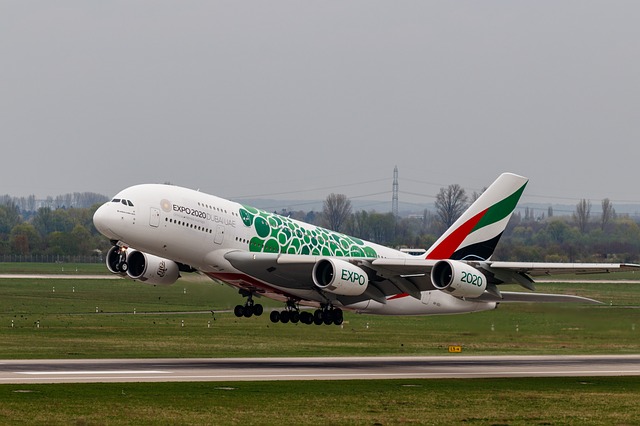
- To get the airplane to take off from the ground, what pilots do is increase the lift force using various techniques. They make sure that this force is more than the gravitational pull.
- Pilots apply all of the lift increase techniques together for a successful takeoff.
- There is an increase in the speed of the airplane by increasing the thrust of the engines.
- When the airplane’s speed is high enough, the pilots activate the flaps and slats, lift force further increases due to this.
- When the airplane is ready for takeoff, pilots activate the elevator upwards.
- The tail force tilts the airplane and the angle of attack of the airfoil increases.
- The lift suddenly increases due to this, and the airplane takes off.
- Usually, they maintain an angle of attack of 15 degrees for the takeoff.
How is the engine able to generate thrust?
Modern airplanes use special kinds of engines that we know as turbofan engines for this purpose. In this process, the fan’s reaction and the reaction force of the exhaust give the necessary thrust force.
By burning more fuel, the pilot can achieve more thrust. The fuel of an airplane stays inside the wings.
After the takeoff, next comes the climb phase of the aircraft. Let’s see how it’s done:
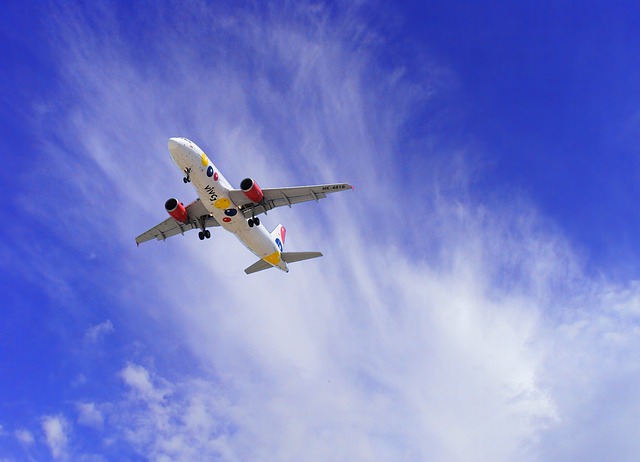
- The speed of the airplane will keep on increasing as long as the engine’s thrust is more than the drag.
- The greater the speed, the higher will be the lift force.
- This will cause the airplane to go up.
- When the airplane reaches the level of flight, there won’t be any acceleration or change in altitude.
- You can see that with this condition, the thrust should be exactly equal to the drag. Again, the lift should be exactly equal to the weight of the airplane.
How does an airplane change direction?
Most people think that just by adjusting the rudder, they would be able to do this.
The rudder produces a horizontal force. This force can turn the airplane. However, any direct change in direction will cause discomfort to passengers. So, it is not a practical method.
To make a safe turn, what you need is a centrifugal force.
Let’s see how pilots achieve this centrifugal force:
- Pilots just make one aileron go up and the other aileron goes down.
- The difference in the lift force will make the airplane roll.
- In this roll condition, the lift is not vertical.
- The horizontal component of the lift can provide the necessary centrifugal force to bank the aircraft.
This way, the pilot can make a turn of any radius. It depends on the:
- The angle of roll,
- Speed of the airplane.
However, this banking technique has some drawbacks.
Demerits:
- When you keep one aileron up and the other aileron down, the drag forces induced on the wings are not the same.
- This will cause the airplane to yaw (to deviate from a course).
This phenomenon is what we know as adverse yaw.
Prevention:
The rudder has to be in constant operation to prevent the adverse yaw. A control computer accurately manages all of these wing attachments using a fly-by-wire system.
How does a plane descend?
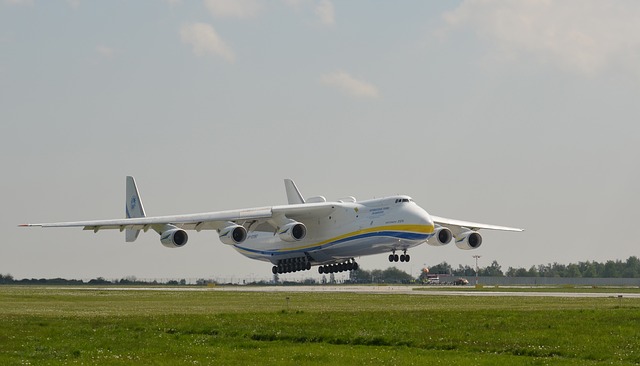
To descend the airplane, what pilots do:
- They decrease the engine’s thrust.
- They keep the nose of the airplane down.
- This is exactly the opposite of the climb operation.
- As the airplane loses speed, it gets ready for landing.
- At this stage, the flaps and slats stay active again.
- These devices also increase drag.
- To increase the drag further, a wing attachment by the name spoiler also stays active.
- The pilots also use reverse thrust.
- Here, the engine forcefully directs air forwards. This generates reverse thrust.
As a result, these make the stopping of the airplane easier.
Most airplanes can fly using these techniques, but what they need the most are pilots!
Conclusion
I hope you enjoyed my ultimate guide to how does an aeroplane fly in the sky.
Now I’d like to hear from you: which technique from today’s guide did you like? Are you going to tell your friends about it? Did you know these beforehand?
Either way, let me know by leaving a quick comment below.
Read More Exciting Articles


